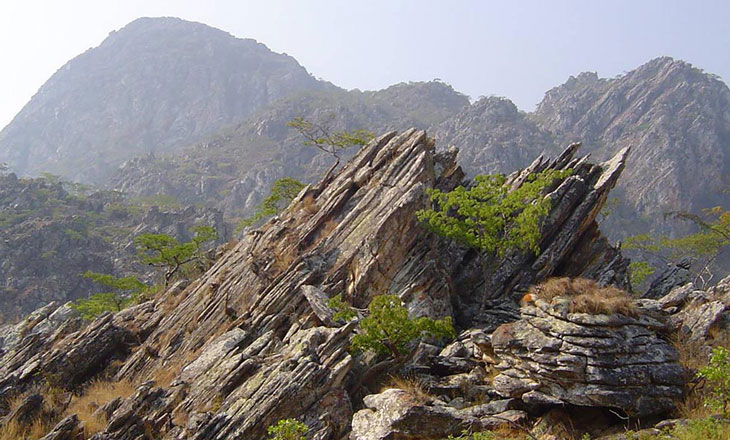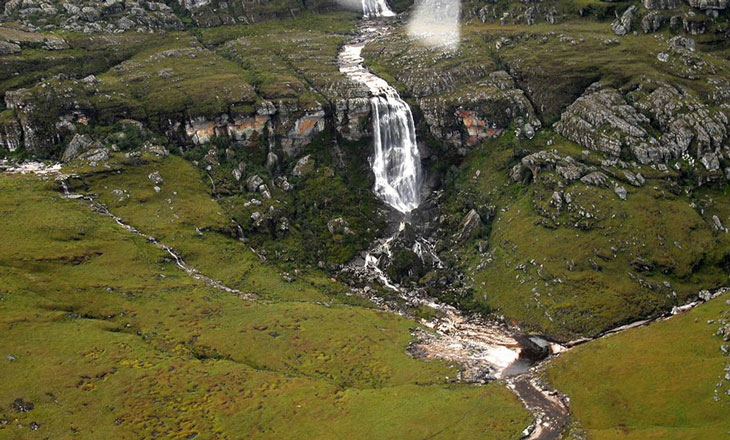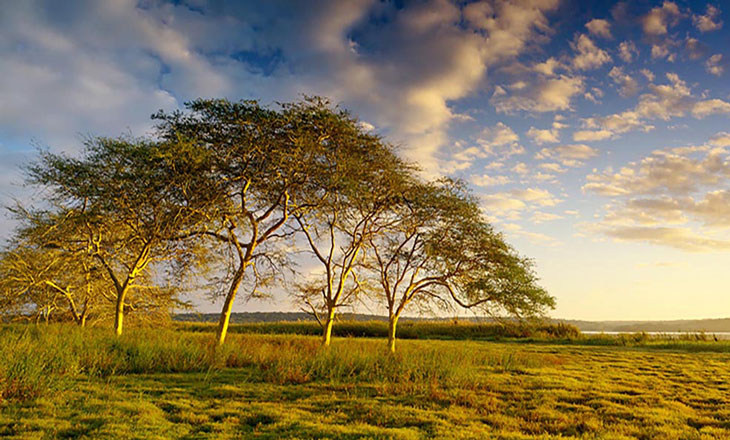This program comes in recognition of the vital role that conservation areas play as an integral part of the country’s balanced growth.
Updated at 11/11/2019
Mozbio II
The first phase of the Program began to be implemented in 2015 through the MozBio 1 project, which was funded by the World Bank and the World Environment Facility (GEF) for USD 46 million.
MozBio 1 provided significant support to the conservation sector with investments made for institutional development, tourism, conservation area management and improved living conditions of communities. By June 2018, MozBio 1 implementation had already about 75% of disbursed and 90% committed funds, and more than 70% of its indicators above target. (See the Annual Report of 2018)
The results of this first phase provided confidence to advance to MozBio 2 (Brochure) conception in order to consolidate gains, reinforce strategy and maintain the work needed to achieve the MozBio Program objective. In this regard the Government of Mozambique and the World Bank signed at the end of September 2018 a financing agreement for the second phase of the MozBio program.
MozBio 2 objective
MozBio 2’s main objective is to increase the effectiveness of conservation area management and improve the living conditions of resident communities. This project has a funding of USD 45 million and a duration of 5 years, formally ending in November 2023.
The project supports the following areas:
Marromeu landscape
It encompasses the Marromeu Reserve and game reserve 10, 11 and 14 and forms the bulk of the Zambezi Delta’s internationally important wetland (http://www.anac.gov.mz/en/parques/marromeu). This landscape has a variety of habitats of high importance for bird species and terrestrial mammal populations such as buffalo and other antelopes. Main economic activities include agriculture, fishing and exploitation of natural resources.
Chimanimani landscape
It comprises the Chimanimani National Reserve (http://www.anac.gov.mz/parques/chimanimani) and its buffer zone which includes three forest reserves (Marronga, Moribane and Zomba). This landscape is also a center of endemism with high biodiversity derived from the evergreen and afro-mountain forests. It has a historical and cultural value with sacred areas and cave paintings. The main economic activities are agriculture, forestry and mining.
Elephant coast landscape
It includes the Maputo Special Reserve (http://www.anac.gov.mz/en/parques/reserva-especial-maputo), the Ponta de Ouro Partial Marine Reserve, the Inhaca Island Biological Reserve, and the area around them within the Matutuine District. This landscape covers areas of recognized importance from the point of view of marine and terrestrial biodiversity, constituting one of the centers of endemism in Mozambique and the main economic activities are tourism, livestock and fishing.
MozBio 2 Key Bookmarks
Project performance will be measured through a series of impact and outcome indicators, of which 3 will be the main project development indicators:
- Improved Management Effectiveness of project conservation areas.
- Maintenance of key species populations in the project’s conservation areas.
- Positive variation in the perception of social impacts by communities in relation to the effect of conservation areas on their quality of life.
In order to achieve its main goal, MozBio 2 consists of three components:
Component 1 - Strengthen the Capacity and Financial Sustainability of National Conservation Institutions
This component aims to improve the technical capacities of three national conservation institutions (http://www.anac.gov), BIOFUND an FNDS (http://www.fnds.gov.mz), contributing to the strengthening of conservation sector management, increased availability of funds and the formation of new conservation leaders in the country.
In this context, BIOFUND will receive support for:
- Disburse project funds to benefit CAs involved in the aforementioned landscapes and cover their operational costs;
- Administer and distribute for an additional contribution to the endowment fund (from GEF 7);
- Lead and manage implementation of the Mozambique Conservation Leadership Program (PLCM); and
- Explore sources of sustainable financing and secure such opportunities.
The Leadership Program for Biodiversity Conservation in Mozambique adds to this component the creation of a new dynamic for the formation of new conservation leaders in the country: (https://www.biofund.org.mz/projects/programa-de-lideranca-para-a-conservacao-de-mocambique-plcm/).
This initiative aims to train professionals from the national conservation system and to influence the profile of new conservation leaders in the country. This program, coordinated by BIOFUND, in partnership with ANAC and other institutions, will provide short-term training opportunities. and long-term, exchange of experience, professional training and civil society awareness of biodiversity.
At the same time, this component focuses on prospecting financing opportunities through:
- Payment for ecosystem services and biodiversity offsets, led by BIOFUND.
Proper implementation of the Mitigation Hierarchy and Biodiversity Offsets emerges as an innovative financing solution for biodiversity conservation in Mozambique; at a time when the country has been focusing on the mining, extractive industry and infrastructure sectors, among others, for their development, and these projects often generate significant and irreversible environmental impacts (https://www.biofund.org.mz/projects/programa-de-contrabalancos-de-biodiversidade).
Component 2 - Improve Conservation Area Management
This component aims to improve the management of biodiversity conservation in the project’s target areas, including human resource development, infrastructure construction and maintenance, resource surveillance, research and monitoring, environmental education, community-based organizations strengthening, prospection of financing opportunities through payments for ecosystem services and biodiversity offsets.
Component 3 - Promoting Conservation-compatible Rural Development
This component aims to promote rural development compatible with the conservation of natural resources by supporting value chains integrated into the project’s target landscapes. The purpose of this investment is to contribute to rural development in order to reduce pressure on conservation areas and promote the preservation and enhancement of habitats and biodiversity. The project will design land use plans for target districts, establish district or provincial units to support the implementation and monitoring of activities and provide funding for rural development initiatives.
Matching Grants Scheme
The project will establish a Matching Grants Scheme 1 that will promote conservation compatible rural development through financing and technical assistance to local entrepreneurs, community based organizations and small and medium enterprises. This Scheme aims to provide the necessary support for conservation compatible value chains, including increasing the financial capacity of local communities through the establishment of Savings and Credit Groups.
- Matching grants are an effective means of financing small projects, especially those with active community support. The concept of a matching grants is simple: State or local governments allocate funds to finance specific types of projects. Several groups within the community may develop project proposals and apply for the grant.













